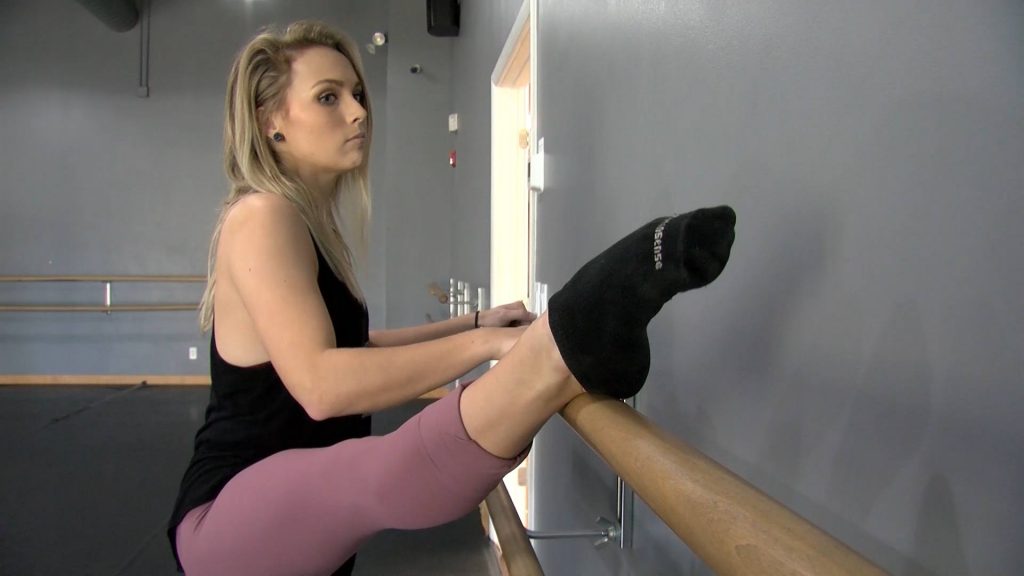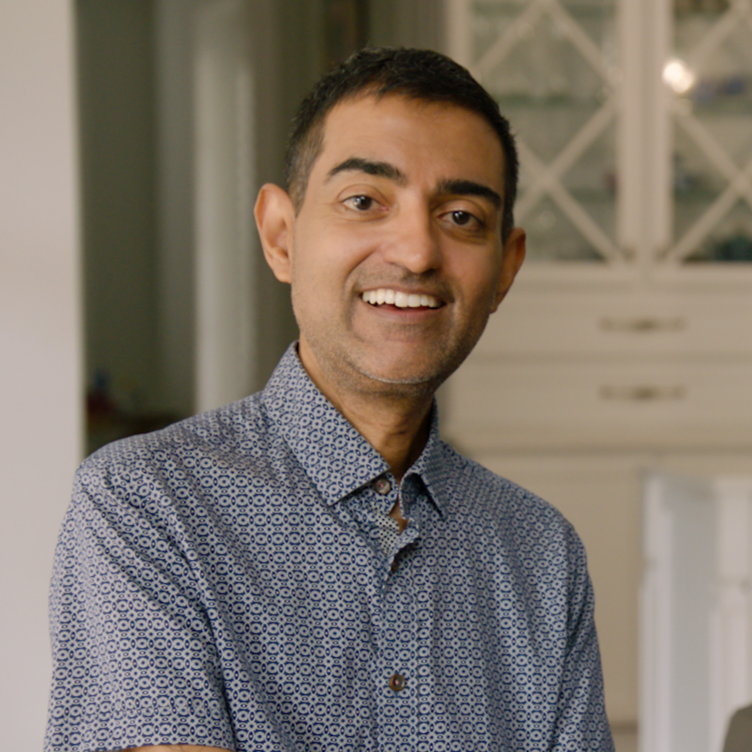
At Mayo Clinic, patient care plans are not one-size-fits-all. Allison Nilsen's story is an ideal example of that. When she was given a diagnosis that could end her blossoming career in dance, she turned to Mayo Clinic's expertise for guidance. She, along with her neurologist and care team, created an individualized care plan that allowed her to continue living out her dance dreams.
Watch: When surgery isn't the answer.
Journalists: Broadcast-quality video (2:58) is in the downloads at the end of this post. Please "Courtesy: Mayo Clinic News Network." Read the script.
For Allison, dance is more than just a hobby. It's what she's studied for years in high school and college, and it's what she does for a living.
"I teach ballet, tap and contemporary, and sometimes hip-hop," says Allison.
Most importantly, dance is how Allison expresses herself.
"Whenever there are personal things going on in my life or if something tragic happens to somebody I know, I use that as inspiration for dances I make," she explains. "I don't know what I'd be doing if I didn't dance."
Six years ago, just as Allison was receiving a dance scholarship to a college in Jacksonville, Florida, and making plans to move there, her future in dance was suddenly not so clear. Allison was diagnosed with a rare abnormality of blood vessels called cavernous malformation, or cavernoma. Cavernomas can occur in the brain, and cause brain damage and seizures.
"I had to convince my mom that I'd be OK with going to Florida. And she decided it would be OK because Mayo Clinic is right next to the school I chose, which was a very happy coincidence. Or the stars aligned," says Allison.
Allison was referred to Dr. Rabih Tawk, a Mayo Clinic neurosurgeon.
"Allison is a delightful young patient who comes with her mom, who's a nurse," says Dr. Tawk. "Allison has the future in front of her, and dealing with the unknowns of something like this is not easy."
Dr. Tawk says Allison's cavernoma is not only large, but also it's in an area of the brain that's important for a dancer.
"With Allison, the lesion is located in her motor cortex, which is the area that controls your body movement," says Dr. Tawk.
Allison noticed her foot, specifically, was being affected when she performed certain dance movements.
Dr. Tawk says surgery to remove the lesion, while complex, was an option.
But was it the right option for a young woman on the verge of her career in dance?
"With Allison, we know where the lesion is. We know what to do in surgery exactly. At this stage of her life, there are still some unknowns as to the risk of surgery and what is going to be the consequences for her ― for her whole future ― and that's why we decided to watch," says Dr. Tawk.
"I think Dr. Tawk knew how important my dance career was," says Allison. "And since I was going to college for it, it's pretty much my life because I didn't really have a backup plan."
With the expertise and guidance of Dr. Tawk, Allison made a choice not to have surgery right away.
"We individualized her care," says Dr. Tawk. "We check on her every year. We repeat imaging. Allison knows if something is different, and she knows to call us. And we know exactly what to do."
Until that day comes when surgery is needed, Allison dances on.
"I don't know when the last time will be. It just makes me appreciate it that much more."
Allison continues to receive regular scans, even though the COVID-19 pandemic. In August, her scans showed no change in her cavernoma.







